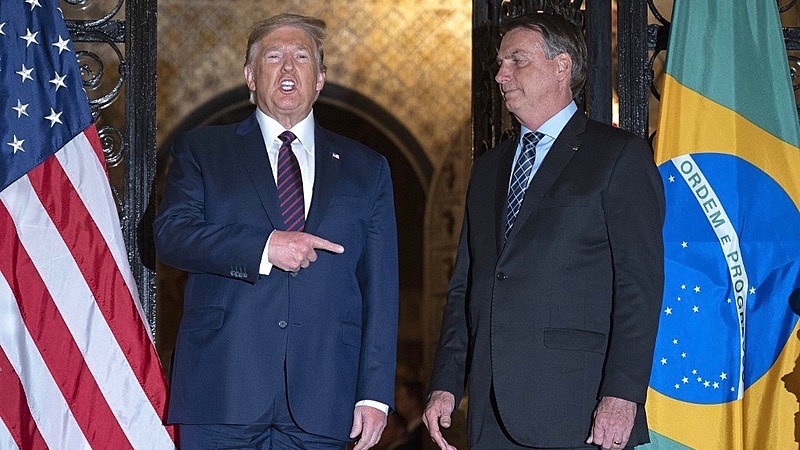With nearly 2.45 million confirmed cases, the Americas reached the current largest number of COVID-19 cases worldwide, with almost 500,000 cases more than Europe, according to the World Health Organization (WHO).
Two of the region’s countries occupy the first and second places in the number of infected people. The United States lead the ranking of COVID-19 cases, with over 1 million 700 thousand cases while Brazil comes in second place, with 391.222 thousand cases.
The world has surpassed, last Wednesday May 21, the mark of 5 million COVID-19 cases, according to the US Johns Hopkins University’s real time dashboard.
Due to the unfortunate scenario in the Americas, the Pan American Health Organization (PAHO) conducted a press conference on Tuesday May 26, with recommendations to fight the pandemic in the region.
During the conference, the Organization’s director, Carissa Etienne, stressed that the response to the COVID-19 pandemic in the Americas must take into account noncommunicable diseases (NCDs), once one out of four people are more susceptible to developing the most severe cases of COVID-19 due to chronic diseases.
“We’ve never seen such a fatal connection between an infectious disease and chronic noncommunicable diseases before. Some data are really alarming. Especially for our region, where NCDs are widespread. We need to take aggressive preventive measures to protect people with diabetes, respiratory, and cardiovascular diseases from the new coronavirus,” she said.
She highlights that the focus on fighting the pandemic in the countries’ healthcare systems cannot be detached from the care of chronic disease patients, which have been damaged by the interruption of treatments.
According to PAHO’s director, less access to healthcare due to interruptions in the healthcare treatments “puts patients under higher risk of complications and casualties from treatable diseases.” Healthcare systems must find ways of responding “otherwise we will be confronted by a parallel epidemic of avoidable deaths from NCDs”, as stated in the organization’s website.
The steep increase in cases in Brazil and other South American countries is one of PAHO’s main warnings.
“We are particularly concerned that the number of new cases reported in Brazil last week was the highest in a seven-day period since the beginning of the pandemic. Peru and Chile are also reporting a high incidence,” said the organization’s director.
On May 19, Brazil reached the highest number of deaths due to the new coronavirus, with 1,179 deaths in 24 hours. In the South American giant, there have been 24,512 deaths to date, with a mortality rate of 11.7%, one of the highest in the world.
PAHO’s director also criticizes measures to relax social isolation in the region’s countries, such as Ecuador, which came up with an epidemiological system of “traffic lights”, according to the situation in each location, for a gradual reopening of their activities.
“It is not yet time to relax restrictions or reduce preventive measures. It is time now to remain strong and vigilant, and implement aggressive and approved public health measures,” said Etienne.
In addition, she demands that there be transparency in the numbers of cases, casualties and hospitalizations, so that it is possible to understand the real panorama of each country, and so that the measures adopted are the most appropriate ones.
Disastrous Formula
Even though the United States is the global epicenter of the pandemic, President Donald Trump continues to advocate the reopening of retail and trade, as well as the liberation of all activities for the economy’s sake, looking at his re-election.
As important followers of the North American guidebook, the far right president Jair Bolsonaro, in Brazil, and the neoliberal Sebastián Piñera, in Chile, have replicated Trump’s catastrophic speech in South America, rejecting the social isolation measures recommended by the World Health Organization ( WHO), prioritizing commercial interests in lieu of public health.
In the context of such worsening pandemic in the Americas, Donald Trump has banned Brazilians from entering US territory as of last Tuesday May 26. The United States government has stated that their goal is to reduce the transmission rate of the new coronavirus. According to the act, the free entry of foreigners in the country “threatens the security of our system, transport infrastructure, and national security”.
As the epicenter of the new coronavirus, the United States has also contributed to the worsening of the pandemic in Central American and Caribbean countries, with the deportation of migrants infected with COVID-19 to Guatemala and Haiti.





